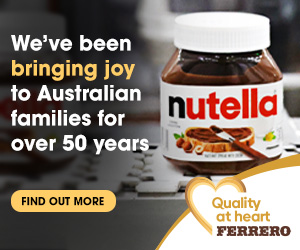Relatively weak retail competition in Armidale has contributed to the increase in retail margins and profits in recent years, according to the latest regional petrol report from the Australian Competition and Consumer Commission (ACCC).
ACCC Chairman Rod Sims says Armidale motorists have been paying on average around eight cents per litre more than motorists in the five largest cities.
“Prices in Armidale have also been consistently higher than in smaller surrounding towns such as Glen Innes and Inverell,” he said.
“The main reasons for the higher prices in Armidale were higher transport costs, higher retail operating costs per litre and, importantly, higher retail margins and profits.”
Relatively weak retail competition in Armidale, reflected by a lack of price discounting, has contributed to the increase in retail margins and profits in recent years. The Armidale market is small and relatively concentrated, and until recently did not have an active price discounter.
In June 2016, a Liberty-branded independently operated retail site commenced operations in Armidale, with consistently lower prices than its competitors. Around the same time, the NSW Government launched FuelCheck, an online tool providing consumers with real-time fuel price information covering almost every retail site across NSW.
“The introduction of an active discounter, as well as greater price transparency, has led to average petrol prices in Armidale decreasing relative to those in nearby Glen Innes,” Mr Sims said.
Over the past seven years Armidale E10 prices were consistently higher than prices in Glen Innes. In 2015-16 annual average E10 prices in Armidale were 9.5 cpl higher than those in Glen Innes. In the September quarter 2016, the difference decreased to 3.4 cpl.
“Easy access to current retail petrol prices enables motorists to shop around and find the lower priced retail sites. This promotes competitive market behaviour and rewards discounters,” Mr Sims said.
“Motorists that react to pricing behaviour by shopping around give petrol retailers less incentive to increase and maintain high prices. Continuing monitoring and publication of prices and margins by governments, media organisations, and motoring bodies can shine a light on what is happening in the market.”
The report also found that motorists in NSW use significantly more E10 and premium unleaded petrol (PULP), and less regular ULP, than the rest of Australia as a result of the ethanol mandate introduced by the state government in October 2007.





